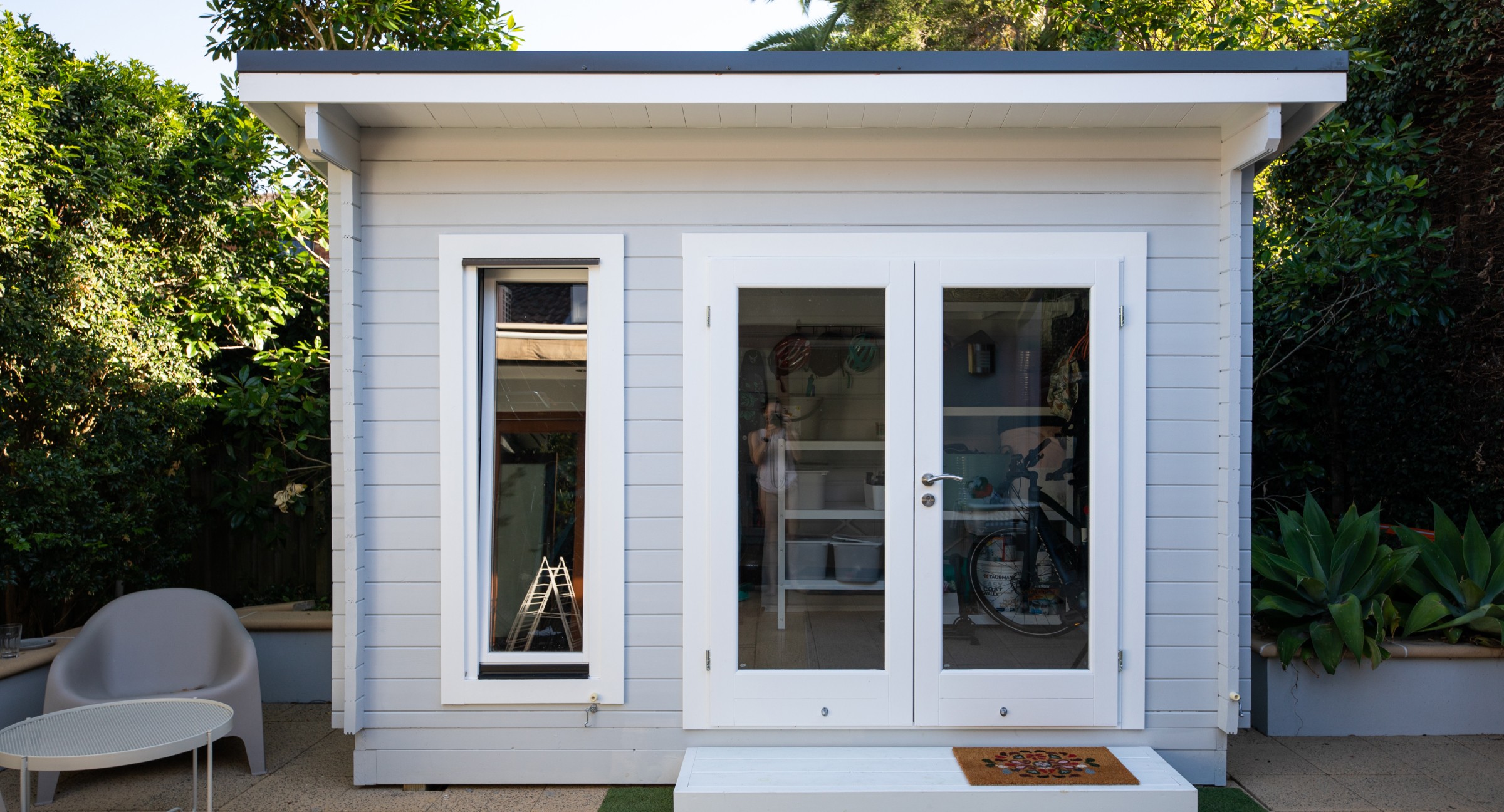
California is in the middle of an affordable housing crisis. City populations have swelled, along with home rental prices. The effects of a general lack of affordable housing are dire, pushing residents toward financial hardship and even homelessness.
In response to this crisis, state and local lawmakers are looking into accessory dwelling units (ADUs) to alleviate the pressure. As a cheaper and more flexible alternative to constructing new multi-family apartment buildings, ADUs are a viable way to add housing quickly. To promote new construction, the state legislatures have passed several new laws to reduce barriers and ease restrictions.
Here are some important changes to California ADU law that took effect in 2023.
Relaxed Height Restrictions
Despite the benefits of adding ADUs, not every community is on board with the idea, and some local governments have tried to deter homeowners from building ADUs by imposing restrictions such as on the maximum size of the dwellings. Under the changes included in Assembly Bill 2221, local authorities may impose height restrictions on ADUs, but they may not set a maximum height less than 16 feet.
Additionally, there are circumstances where the limit is even higher:
- If the structure is located within half a mile of a public transit stop: 18 feet
- If the property already has a multi-family dwelling that is at least two stories tall: 18 feet
- If the ADU is attached to the primary dwelling: 25 feet (If allowed by zoning laws for the primary dwelling)
60-Day Permitting Rule
Since 2020, state law has required that local permitting agencies either approve or deny a permit to build an ADU within 60 days of receiving the application. With the surge in applications, many agencies denied permits for little reason, just to avoid violating the 60-day rule.
The new rule requires agencies to list their reasons for denying a permit. This is intended to force the agencies to take a closer look at each application and only deny them for good cause. Also, the scope of the 60-day rule has been expanded to include more entities, such as utilities and water districts.
Front Setbacks
Some local agencies denied ADU building permits based on setback requirements (the distance from the structure to the property line). Under the new changes to the law, if an ADU is no greater than 800 square feet in size, local authorities may not impose a front setback requirement. They may still impose rear and side setback requirements of no more than four feet.
Fire Sprinklers
Building an ADU used to trigger a Group R occupancy change for the property, requiring fire sprinklers to be installed in the primary dwelling. That is no longer the case.
Denials Based on Unpermitted Work
Formerly, ADU permits could be denied because there was existing unpermitted work that had been done to the property. Now, they can only be denied for this reason if the unpermitted work is a safety or health concern.
Demolitions
Many homeowners want to demolish or convert existing structures, such as garages, to build an ADU. To discourage this, some local agencies approved the building permit but refused to provide the demolition permit. Under the 2023 changes, cities cannot withhold a demolition permit if they have already approved the ADU permit.
Talk to a Real Estate Specialist
Building an accessory dwelling unit is a great way to alleviate the housing crisis and provide extra income to homeowners. The latest changes to the law make it an even more attractive option. However, even with the easing of restrictions, there are many bureaucratic rules to navigate, and local permitting agencies may continue to obstruct ADU construction.
With the help of an experienced real estate attorney, you can clear these hurdles and get your project moving forward faster. To speak with a member of our legal team, schedule an appointment today.



Recent Comments